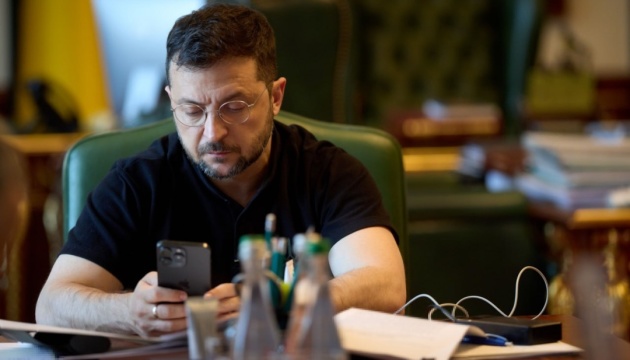Klymenko, Kravchenko brief Zelensky on initial details of Parubiy murder
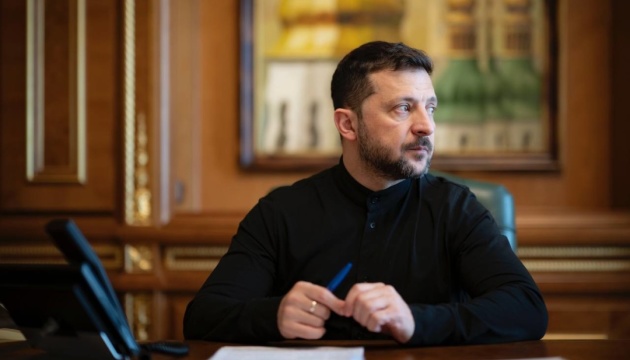

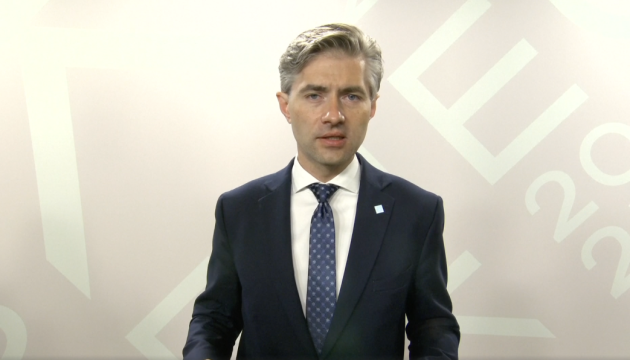
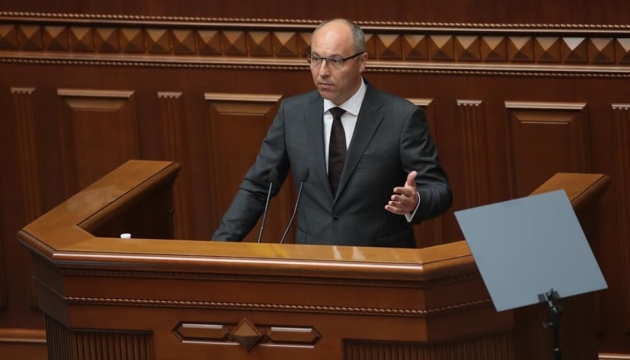
Experts have said that Ukraine has one of the best combat ready armies in Europe

© Reuters

Former Chairman of the Verkhovna Rada (Ukrainian Parliament) Andriy Parubiy was shot and killed in Lviv on 30 August, according to confirmation from Lviv Oblast Governor Maksym Kozytskyi.
The victim died at the scene from his injuries, police confirmed. The National Police reported that the shooting occurred around noon in the Sykhiv district of the city at 12 pm.
“Sincere condolences to the family of the deceased,” Kozytskyi wrote.
The assailant who shot at Parubiy was dressed as a delivery service courier, Suspilne sources report.
The manhunt for the shooter continues across the Lviv Oblast, with all security services mobilized for the search operation.
President Zelenskyy confirmed Parubiy’s death, with Interior Minister Klymenko and Prosecutor General Kravchenko briefing on the initial circumstances of the killing.
The incident marks another high-profile killing in Lviv, following the July 2024 assassination of former MP Iryna Farion in the same city.
The 54-year-old politician served as Speaker of Ukraine’s parliament from April 2016 to August 2019 and played a key role during the 2014 Ukrainian revolution as Secretary of the National Security and Defence Council.
Parubiy gained prominence during the 2013-2014 Euromaidan protests as commandant of the tent camp and head of self-defense detachments. During the February 2014 revolution, after the ousting of pro-Russian President Viktor Yanukovych, Parubiy led forces that took control of the government quarter in Kyiv, including the Verkhovna Rada, Presidential Administration, Cabinet of Ministers, and Interior Ministry buildings.

Poland’s border guard has expelled 15 Ukrainian nationals from the country, citing repeated criminal convictions and threats to public order, according to RMF 24 and official statements from Polish authorities.
The expelled citizens had been repeatedly convicted of theft, robbery, and driving under the influence, reports the border guard service.
“The persons covered by the procedure were repeatedly punished for crimes and misdemeanors. These include possession of narcotic and psychotropic substances, theft, robbery, forgery, driving vehicles while intoxicated, as well as organizing illegal crossing of the Polish border,” the border guard reported in an official communication.
One individual was already listed in the registry of persons whose stay in Poland is considered undesirable, according to the border service announcement. The authorities placed all expelled individuals on this registry and imposed re-entry bans ranging from five to ten years.
The Ministry of Interior Affairs defended the deportations through spokesperson Karolina Gałecka, who emphasized Poland’s stance on law enforcement regardless of nationality.
“Poland is a country friendly and open to foreigners. However, there is no and will never be consent to breaking the law by them, regardless of the country of origin. The Ministry of Interior Affairs services will firmly respond in cases of violations of our legal order,” Gałecka said.
The deportations represent part of a broader enforcement pattern. Since the beginning of 2025, 1,100 foreigners have been forcibly expelled from Poland, the ministry reported.
The border guard cited national security concerns as the primary justification for the expulsions, pointing to the individuals’ criminal histories spanning drug possession, property crimes, document fraud, and human trafficking activities related to border crossings.
As of February, the Office for Foreigners reported nearly 1 million Ukrainian citizens, predominantly women and children, using temporary protection in Poland. A total of 1.55 million Ukrainians held valid residence permits.
Ukrainians represent the largest foreign population in Poland, comprising 78% of all foreigners who have settled in the country, according to official data.
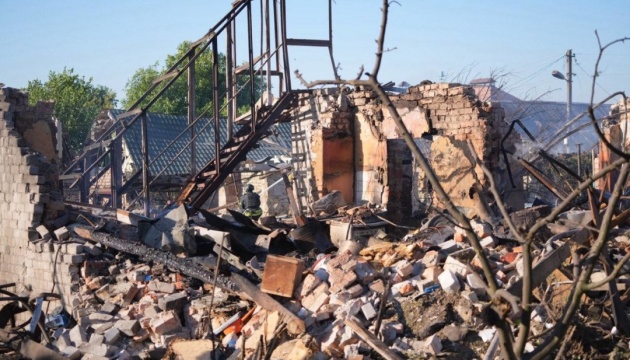

© AFP via Getty Images


The State Department has approved a potential $179.1 million Foreign Military Sale to Ukraine for Patriot Air Defense System sustainment equipment and services, according to an announcement from the Defense Security Cooperation Agency on 29 August.
The package includes classified and unclassified spare parts, maintenance support, software updates, system modifications, test equipment, and communication accessories. Additional components cover integration services, repair capabilities, technical assistance, training programs, and engineering support.
“This proposed sale will support the foreign policy and national security objectives of the United States by improving the security of a partner country that is a force for political stability and economic progress in Europe,” the State Department stated in its transmittal notice.
The deal aims to enhance Ukraine’s air defense capabilities through sustained operational readiness of existing Patriot systems. RTX Corporation of Arlington, Virginia, and Lockheed Martin of Bethesda, Maryland, will serve as principal contractors for the program.
Implementation requires approximately five US Government representatives and fifteen contractor personnel to travel to US European Command for training and coordination meetings. The State Department emphasized that “there will be no adverse impact on US defense readiness as a result of this proposed sale.”
In a separate approval, the State Department authorized a $150 million sale of Starlink satellite communication services and related equipment to Ukraine, according to the Defense Security Cooperation Agency announcement.
The Patriot sustainment package represents ongoing US efforts to maintain Ukraine’s defensive systems rather than expanding its arsenal.
Actual costs may be lower than the estimated $179.1 million depending on final requirements and budget authority. The State Department indicated that “Ukraine will have no difficulty absorbing these articles and services into its armed forces.”
The announcement specified that no offset agreements are currently proposed, though any such arrangements would be negotiated between Ukraine and the contractors. Congress received the required certification notice as part of the standard Foreign Military Sale process.
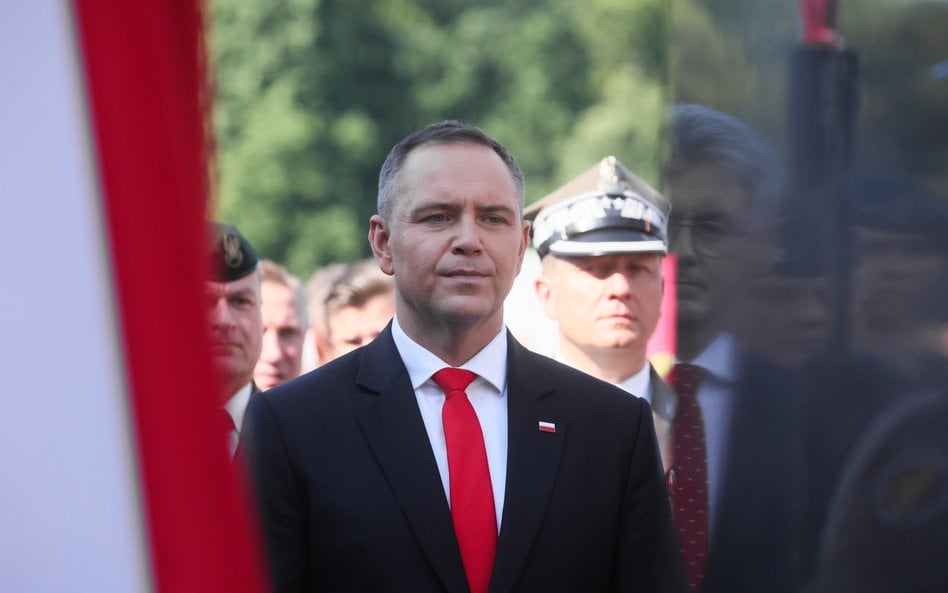
Poland’s Ministry of Internal Affairs confirmed on 29 August that work is underway on new legislation to regulate the legal status of Ukrainian citizens following President Karol Nawrocki’s veto of an amendment that would have extended temporary protection.
Deputy Minister of Internal Affairs Maciej Duszczyk met with Ukrainian Ambassador Vasyl Bodnar on 29 August at the Ukrainian side’s initiative, according to ministry spokesperson Karolina Gałecka.
“The minister informed the Ambassador that the Polish side is working on a bill to regulate the legal situation of Ukrainian citizens. He also presented the Ukrainian side with a schedule of work on the bill,” Gałecka told PAP.
The meeting followed Ambassador Bodnar’s Facebook post stating that “the rights of Ukrainians to stay, work, education, social assistance and medical care in Poland will be guaranteed also after 1 October 2025.”
Bodnar emphasized that Polish officials assured him “the rights of Ukrainian citizens to stay, work, education, social assistance and medical care will be guaranteed also after 1 October 2025,” though some practical issues would require clarification.
The ambassador said that legal uncertainty surrounding Ukrainian lives in Poland had generated significant response in both countries. He added that “Ukrainian citizens who legally reside in Poland will still remain within the legal framework of this state and the entire EU. Even in the case of no new law, transitional solutions will be adopted that will allow avoiding a legal vacuum.”
However, the Polish ministry spokesperson cautioned that “what the legal situation of Ukrainian citizens will look like after 1 October, we will know after the decision of President Karol Nawrocki,” according to PAP.
President Nawrocki vetoed the amendment to Ukraine assistance law on 25 August. The blocked amendment would have extended temporary protection for Ukrainian refugees until 4 March 2026.
Prime Minister Donald Tusk warned that blocking the legislation could have destructive consequences for Polish companies, reports PAP.
The stakes are considerable for Poland’s economy. According to TVN24, Ukrainian citizens living in Poland contributed approximately 18.7 billion zloty to the Polish budget in 2024 through taxes and insurance contributions. Their presence also boosted Poland’s GDP by over 2% – nearly 99 billion zloty.
Despite the economic impact, polling conducted for Onet portal showed majority Polish support for Nawrocki’s veto decision.
As of February, the Office for Foreigners reported nearly 1 million Ukrainian citizens, predominantly women and children, using temporary protection in Poland. A total of 1.55 million Ukrainians held valid residence permits.
Ukrainians represent the largest foreign population in Poland, comprising 78% of all foreigners who have settled in the country, according to official data.

Estonia handed over to the United States an Estonian citizen accused of illegally supplying strategic goods to Russian defense enterprises and government agencies, according to ERR.
Estonian police and border service transferred Estonian citizen Andrey Shevlyakov to the US on 28 August 2025, who faces charges of illegally transporting strategic goods from the US to Russia using complex supply chains and networks of shell companies.
The US has charged Shevlyakov with 18 counts related to acquiring and supplying US electronics to Russia in violation of sanctions. The charges stem from his alleged role in helping Russian government and military entities procure American-made electronics through deceptive practices.
Shevlyakov was added to the Entity List in 2012, after the US government identified him as a procurement agent charged with pursuing US technology for Russian government and military end users. The designation prohibited him from exporting any goods from the US without proper licensing.
According to the report, Shevlyakov was detained in March 2023 in a joint operation by the FBI and Estonia’s Constitutional Protection Service. He remained under electronic surveillance from May 2024 until his extradition. Legal proceedings against Shevlyakov are ongoing in the United States.
Authorities allege Shevlyakov used false names and a web of front companies to evade Entity List restrictions, misleading suppliers and circumventing federal Department of Commerce restrictions and US export controls. The scheme allegedly involved travel between Russia, Estonia and Finland to make deliveries.
When apprehended in Estonia, authorities found inbound shipments that included about 130 kilograms of radio equipment, demonstrating the scale of the alleged operation.
The extradition represents part of Estonia’s broader security efforts. In late May, Estonia expelled and transferred to Ukrainian authorities a Ukrainian citizen who maintained contacts with the Russian FSB. In July, Estonian internal security services expelled a Russian citizen who potentially posed a security threat to the country.


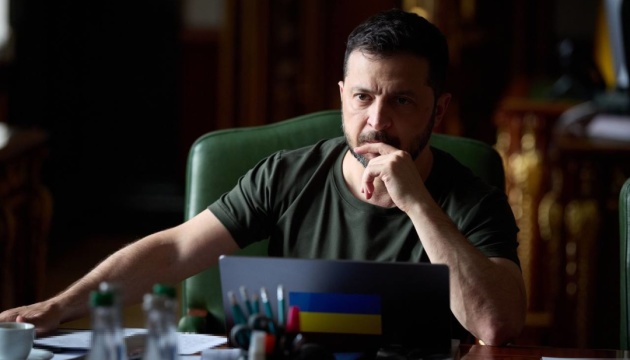

Russian strikes on Zaporizhzhia left 25,000 electricity subscribers without power, regional military administration head Ivan Fedorov said on the morning of 30 August
The overnight Russian attack killed one woman and injured 28 people, including three children aged 9, 10, and 16 years old. According to Zaporizhzhia Oblast Governor Fedorov, nine people sustained minor injuries, 14 received moderate injuries, and one man remains in serious condition.
Ten victims are under examination at the hospital, six people have been hospitalized, Fedorov said.
Russian forces launched a massive attack on Ukraine during the night of 30 August, using strike drones and missiles launched from air, ground, and sea platforms. Ukrainian air defense neutralized 548 out of 582 Russian aerial attack assets, though some strikes hit targets and debris caused damage.
The assault on Zaporizhzhia involved various types of weapons. Russians attacked the regional center with different types of weapons. At least 12 strikes on Zaporizhzhia were delivered by Russians during the massive attack, Fedorov said.
The attack damaged 14 apartment buildings and over 40 private homes, causing fires and power supply interruptions. Emergency services reported strikes on two five-story buildings and five private residential houses around 6:00 AM.
At 6:20 AM, Fedorov initially reported one death and six injuries, including one child. By 7:00 AM, he announced the casualty count had risen.
The damaged residential buildings have been disconnected from electricity and gas supply, according to the regional administration head. Industrial enterprise buildings also sustained damage during the attack.

Ukrainian defense forces struck two Russian oil refineries overnight on 30 August using unmanned aerial vehicles, targeting facilities in Krasnodar Krai and Samara Oblast, according to the General Staff of Ukraine.
The strikes hit the Krasnodar refinery in Krasnodar Krai and the Sizran refinery in Samara Oblast. Ukrainian forces conducted the operations “within the framework of reducing the Russian offensive potential and complicating fuel supplies to occupying forces’ military units,” the General Staff reported.
The Krasnodar refinery produces 3 million tons of light petroleum products annually, including gasoline, diesel, and aviation fuel, and “participates in supplying the Russian Armed Forces,” according to the General Staff. The facility sustained damage to one technological installation and a fire covering approximately 300 square meters, regional emergency services reported.
According to the regional operational headquarters, due to falling drone debris on the territory of the Krasnodar refinery, one of the technological installations was damaged, a fire occurred over an area of about 300 square meters.
The Sizran refinery was struck for the second time, military officials said. The facility produces gasoline, diesel fuel, aviation kerosene, fuel oil, and bitumen, with processing volumes reaching 8.5 million tons annually as of August 2025, the General Staff reported.

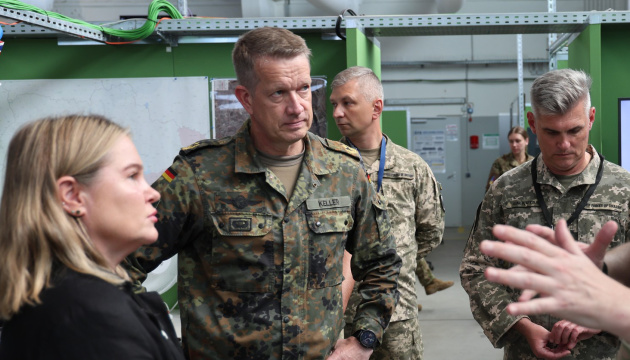
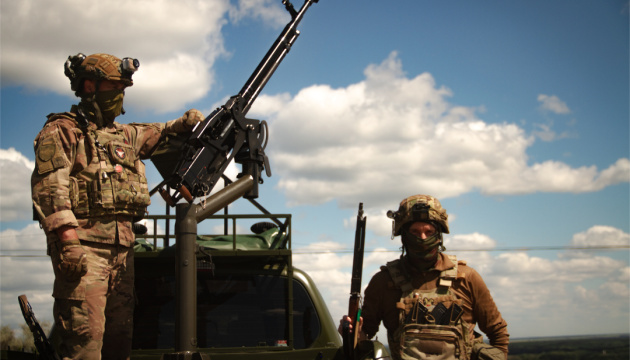
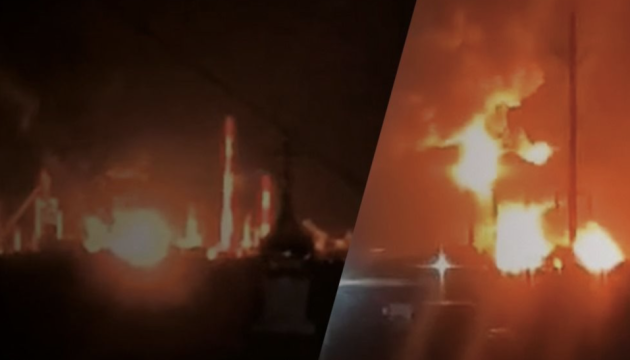
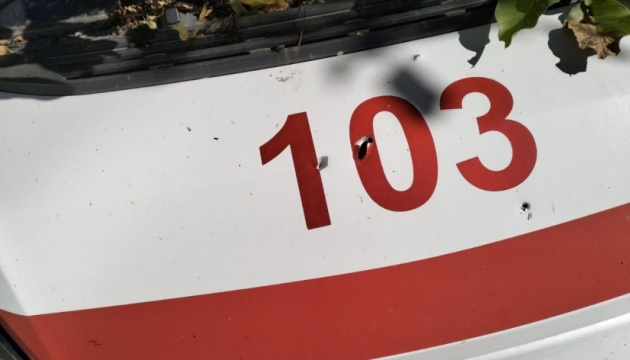
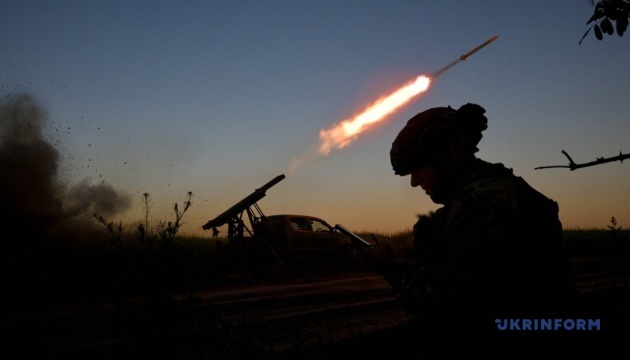
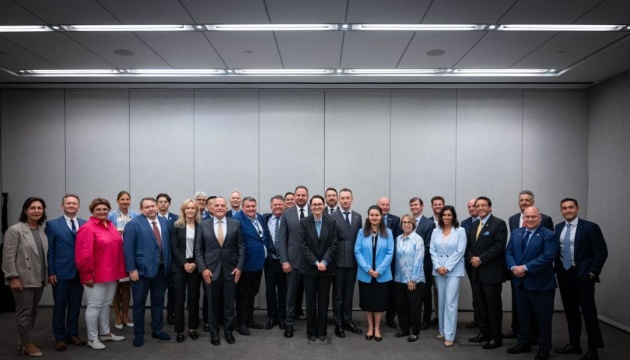
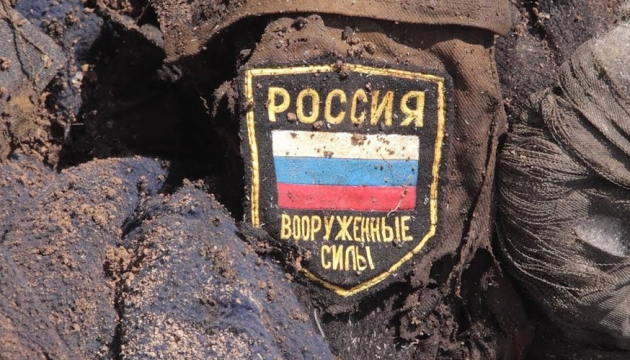
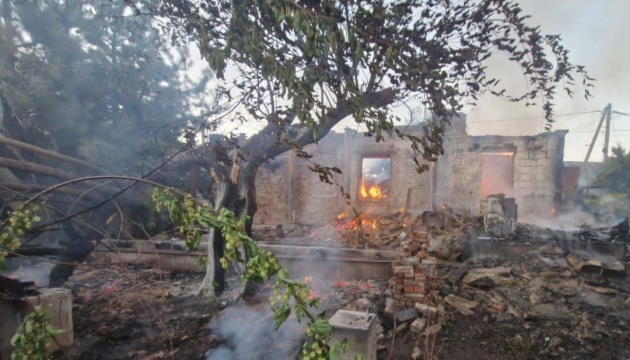
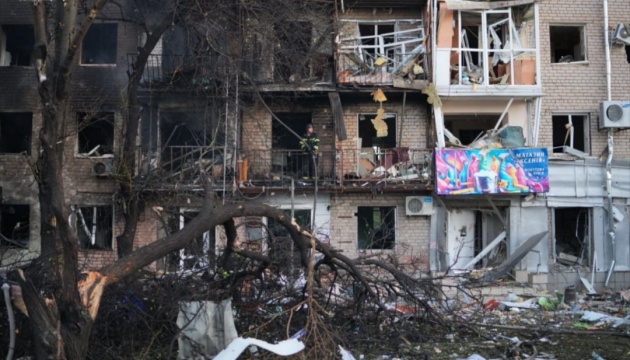
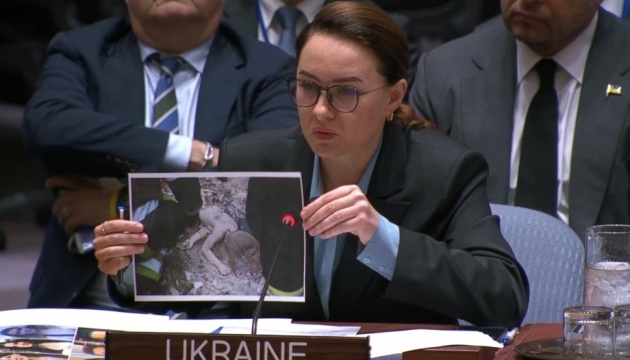
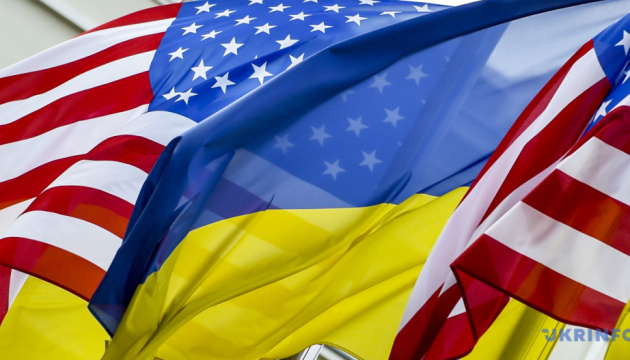

© Copyright 2025 The Associated Press. All rights reserved
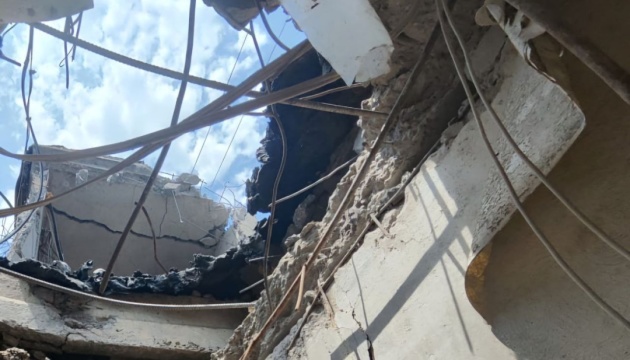


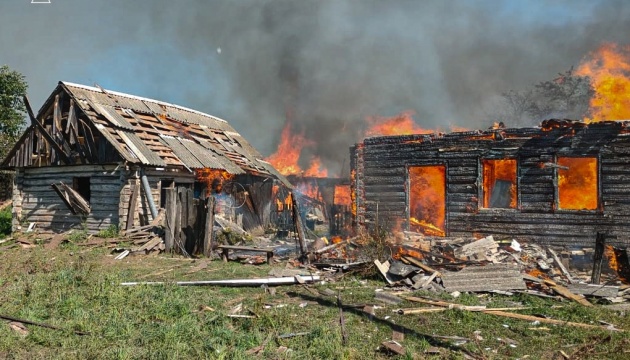

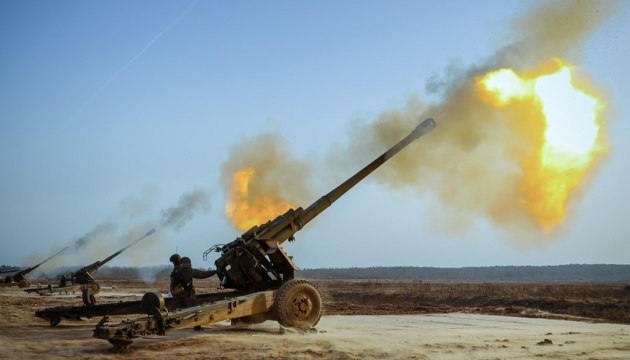
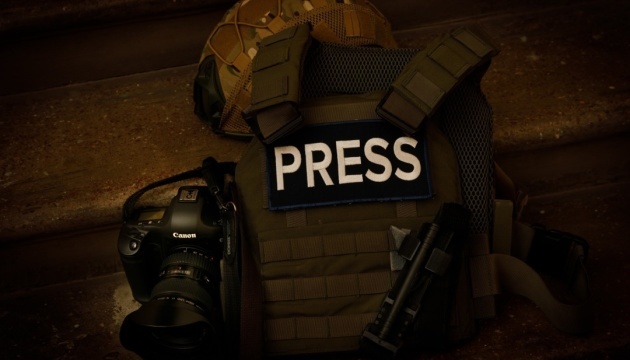
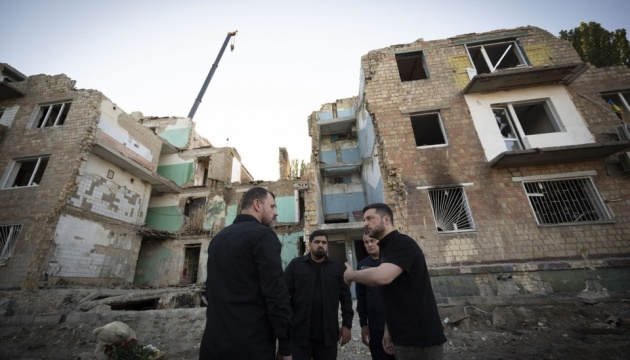
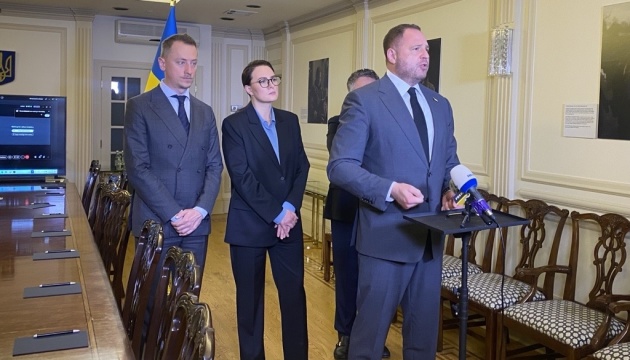

A Ukrainian Neptune cruise missile battery tried to strike targets in southern Russia’s Krasnodar Krai region on Thursday. The strike failed as Russian S-300 air-defense missiles rose to intercept the incoming Neptunes—and then the Russians struck back.
A surveillance drone spotted a truck-mounted Neptune launcher, apparently the same launcher that targeted Krasnodar Krai. An Iskander ballistic missile streaked down, damaging if not destroying the Ukrainian launcher.
The hit on the Neptune battery underscores the risk to Ukrainian forces as they induct new and harder-hitting drones and missiles and escalate their deep strike campaign bombarding Russian factories, air bases, oil refineries and other strategic targets.
Russian troops and key war-industry workers are in growing trouble as the Ukrainian munitions strike farther and harder. But the Ukrainian missile and drone crews aren’t immune to harm. Russia is responding to Ukraine’s deep strike campaign with a counter deep strike campaign.
It’s unclear what the Ukrainian Neptune battery was trying to hit in Krasnodar Krai. There’s no shortage of targets, including air bases, air-defense sites and others. In any event, Russian surface-to-air missile batteries were ready, for once.
While the Russians “can’t defend everywhere,” according to retired US Army general Mark Hertling, they managed to defend Krasnodar Krai on Thursday. Four S-300 long-range SAMs spiraled into the air, swatting down the salvo of Neptunes.
It’s hard to say whether the Neptunes in the attempted raid were the standard 300-km version of the made-in-Ukraine missile or the new 1,000-km “long” version. The Ukrainian navy used standard Neptunes, which are capable of anti-ship and land-attack strikes, to sink the Russian navy cruiser Moskva in April 2022.
Since then, Ukraine has expanded its deployment of the subsonic missile, which packs a 150-kg warhead and may feature satellite and inertial navigation and a radar or infrared seeker. And it has added an even more powerful missile: the Flamingo, which ranges a staggering 3,000 km with a massive 1,000-kg warhead. Its guidance and seeker may be similar to the Long Neptune’s.
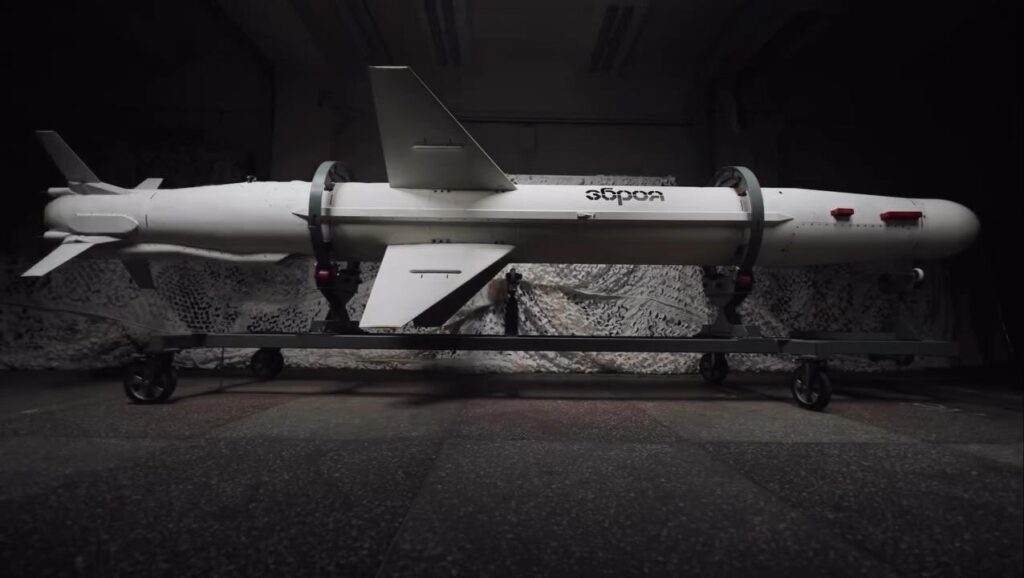
With scores of cruise missiles and thousands of one-way attack drones a month, “Ukraine is increasingly taking the war to Russia now,” American-Ukrainian war correspondent David Kirichenko wrote in a new essay for The Atlantic Council. Drone and missile attacks on Russian oil refineries in recent weeks have throttled Russia’s refining by as much as 14%.
Russia is also waging a deep strike campaign, of course—and with more drones and missiles. But Russia’s drone and missile attacks mostly targets Ukrainian cities in a country of just 233,000 square miles. Ukraine’s drones and missiles target military and industrial targets in a country of 6.6 million square miles.
Between them, the Long Neptune, the Flamingo and Ukraine’s best attack drones should be able to hold at risk roughly half that area.
Ukraine’s air defense problem is hard but simple. Ukrainian defenses must contend with nearly daily raids involving potentially hundreds of drones and missiles, but they can concentrate around the biggest cities that are the Russians’ main targets.
By contrast, Russia’s air defense problem is hard and complex. “The Kremlin simply does not have enough air defense systems to protect thousands of potential military and energy targets spread across 11 time zones,” Kirichenko wrote. In that context, the successful interception of the Neptunes streaking toward Krasnodar Krai may have been an outlier.
And it makes sense for the Russians to target Ukraine’s best cruise missiles “left of the boom.” to borrow a US Army term. It’s better to blast a missile launcher, and kill or injure its crew, than to risk missing a missile after it launches.
Ukrainian missileers should know they’re being hunted. Every time they roll out for a launch, Russian drones will be looking for them—and Russian ballistic missiles will be ready to take aim.

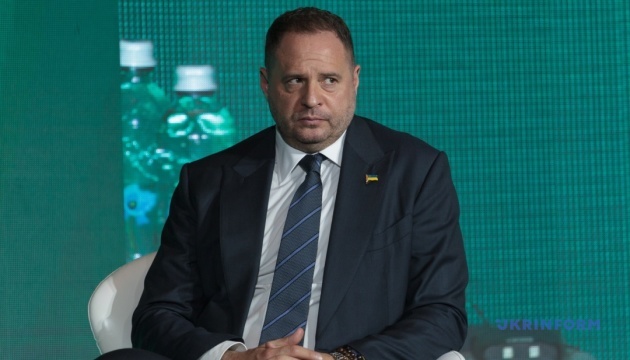
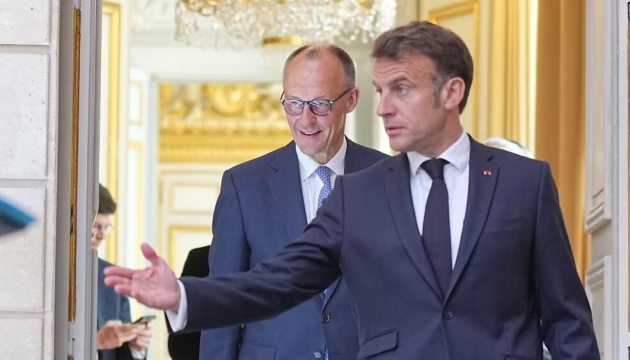
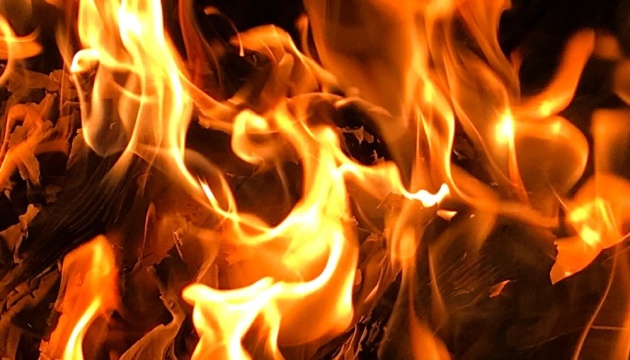

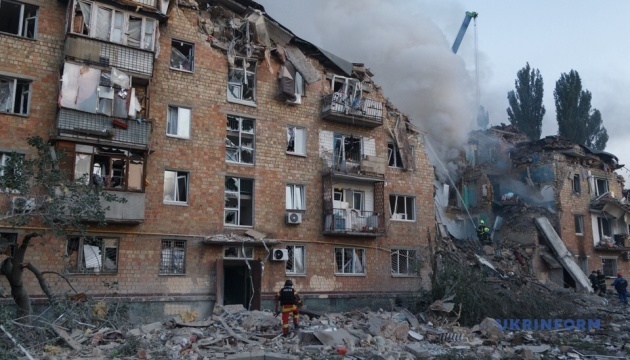
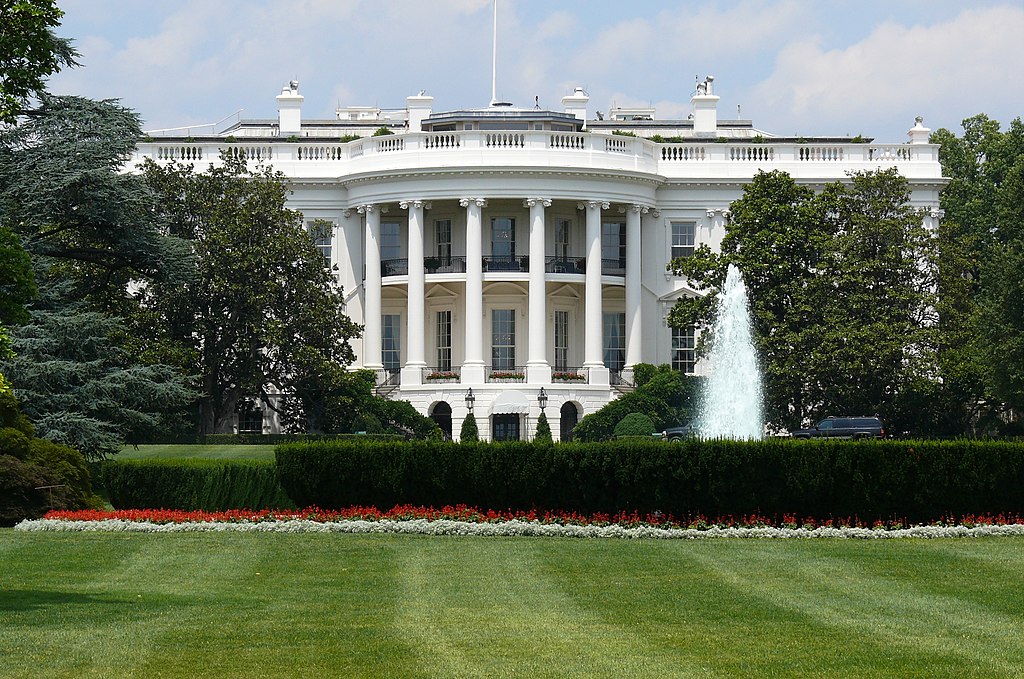
Two weeks are ticking down. Ukrainian President Volodymyr Zelenskyy has reminded that US President Donald Trump’s deadline for Russian President Vladimir Putin to agree to a trilateral meeting is ending this Monday, on 1 September.
During his Washington visit on 19 August, Trump said his administration was ready to organize talks between Zelenskyy and Putin to reach an agreement on ending the war.
“At that time, the president said, ‘We will be ready in a couple of weeks.’ That means two to three weeks from our conversation. I want to remind that two weeks are up on Monday,” Zelenskyy emphasized.
Meanwhile, Putin refuses to engage in negotiations. According to German Chancellor Friedrich Merz, in this case Russia’s war against Ukraine could continue for “many months.”
Merz: Ukraine war could last “many months” as Putin blocks two-week summit plan
There is no evidence that Moscow seeks peace. Despite talks of negotiations, Russia continues massive attacks on Ukraine. In the latest strike on Kyiv, all types of weapons were used: Shahed drones, cruise missiles, and ballistic missiles. A total of 629 targets targeted the Ukrainian capital. The strike lasted nine hours and killed 25 people, including four children.
Despite the warm Trump-Putin meeting in Alaska, Russia’s demands regarding Ukraine have not changed. Today, Russian Foreign Ministry Spokesperson Maria Zakharova outlined what Russia calls “peace conditions”:
Moscow supposedly offers “security guarantees” only after these conditions are met. In reality, these demands are mutually exclusive and would mean the elimination of an independent Ukraine.
